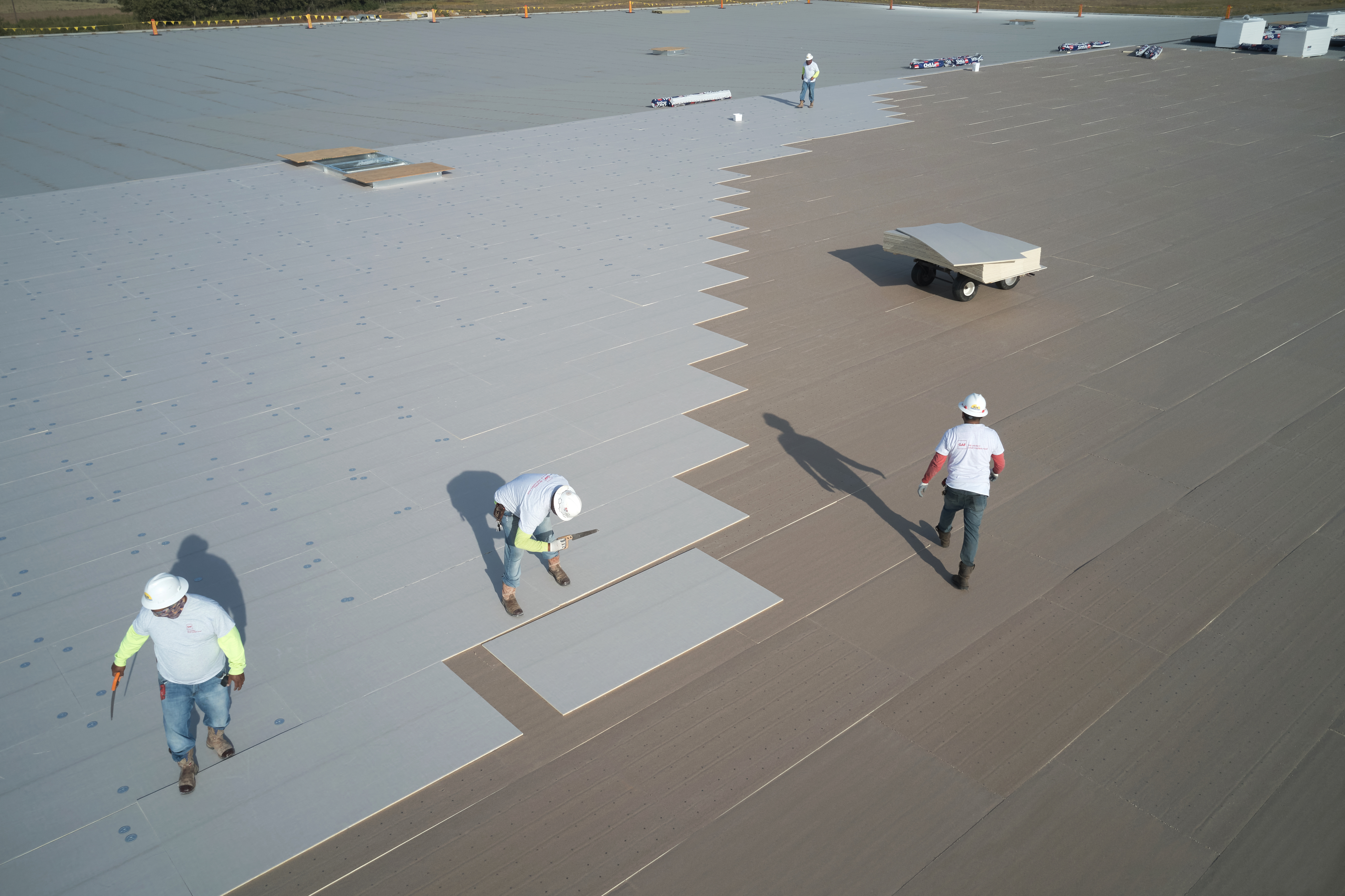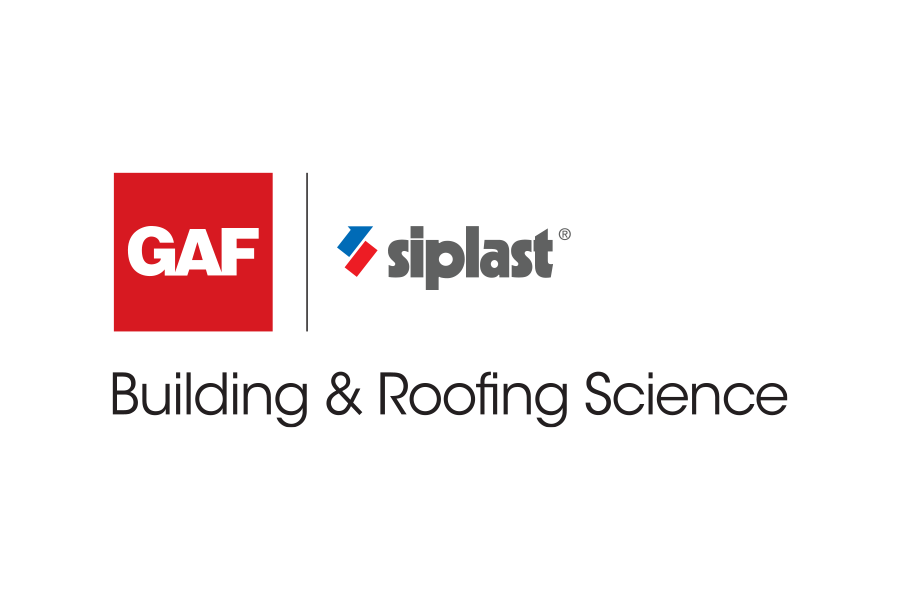How Do Roofs Defend Against Hail Damage?
Learning Objectives:
- Define Very Severe Hail (VSH), and its financial and geographic implications.
- Recognize the severity of hail damage to roofs and the implication on occupancy and operations.
- Identify the basic configurations of approved low-slope roofing assemblies.
- Compare and contrast the effects of different VSH options and review design strategies.
Credits:
Roofs are the first line of defense against severe weather events, including hail. Hail events account for 70 percent of the average annual property losses from severe convective storms in the United States. More than just shielding buildings, the low-slope roofing industry has and is responding to the need to enhance the protection of buildings from the damaging effects of hail. The type of roof system is essential to whether or not a building weathers the storm. Learn how roof system selection is paramount, particularly for those buildings facing very severe hail.

Photo courtesy of GAF

|
James R. Kirby, AIA, is an architect in GAF’s Building Enclosure Research + Innovation group. Jim has a Masters of Architecture—Structures Option and is a licensed architect. His 30+ years in the roofing industry has covered low-slope, steep-slope, metal, and SPF roofing, as well as green roofs and solar. Jim writes and presents about building and roofing science, and does innovative research to inform all segments of the roofing industry. He is a member of AIA, ASTM, ICC, IIBEC, NRCA, and WSRCA. |

|
Kristin M. Westover, PE, LEED AP O+M, is a Technical Manager of Specialty Installations for low-slope commercial roofing systems at GAF. She specializes in cold storage roofing assemblies where she provides insight, education, and best practices as it relates to cold storage roofing. Kristin is part of the Building and Roofing Science Team where she works with designers on all types of low-slope roofing projects to review project design considerations so designers can make informed roof assembly decisions. |








